The tragedy of the Warsaw Ghetto is well known in Holocaust literature, but despite the publication of numerous personal accounts, studies, and works of fiction dealing with life there, no one has ever written a complete history of the ghetto. Engelking and Leociak, researchers at the Polish Academy of Science, have undertaken this monumental task. Using unpublished archival materials from Poland and Israel as well as published literature, they have painstakingly documented daily life in the ghetto from its creation, in 1941, to its liquidation, in 1943. The authors are, respectively, a psychologist and a scholar in literature, so they examine the material from a multidisciplinary point of view. Following some background material, they proceed chronologically and thematically, beginning with the setting—the topography of the ghetto and the changes to its boundaries over time. They then examine various ghetto offices and institutions: the Judenrat, the Jewish Order Service, the Health Service, etc. They also look at aspects of economic and community life. Final chapters cover the history of the deportation of the Jews in the ghetto to the Treblinka death camp and the events occurring in the ghetto after the deportation as well as the fate of the district after the uprising in 1943. The many maps and illustrations make it possible to see exactly where things were located and where events took place. Various tables compile statistical details. Glossaries of names and terms, an extensive bibliography, and both general and name indexes conclude the book. This excellent work is highly recommended for academic libraries supporting history, Holocaust studies, and Jewish studies programs. –Barbara Bibel
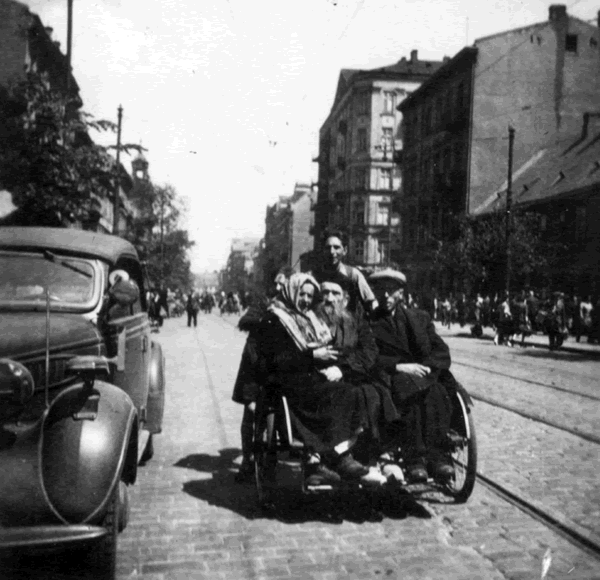
Since my search has begun, I’ve found so much out about my family . They lived in Warsaw from 1720 right up till War World 2. My work has taken me to some of the best books on Warsaw and this one is the greatest of them all. Below is just the introduction.
I’ve found my great great grandfather and great great grandmother, and great great uncles, aunts and cousins all in the Warsaw cemeteries. I feel very blessed to be able to go home in some way. I have longed to know their jobs and where they lived and to walked the streets that were their world. So much has been shown to me. It’s as if they have called to me and I have heard them. I hope others take the journey to find their own families.
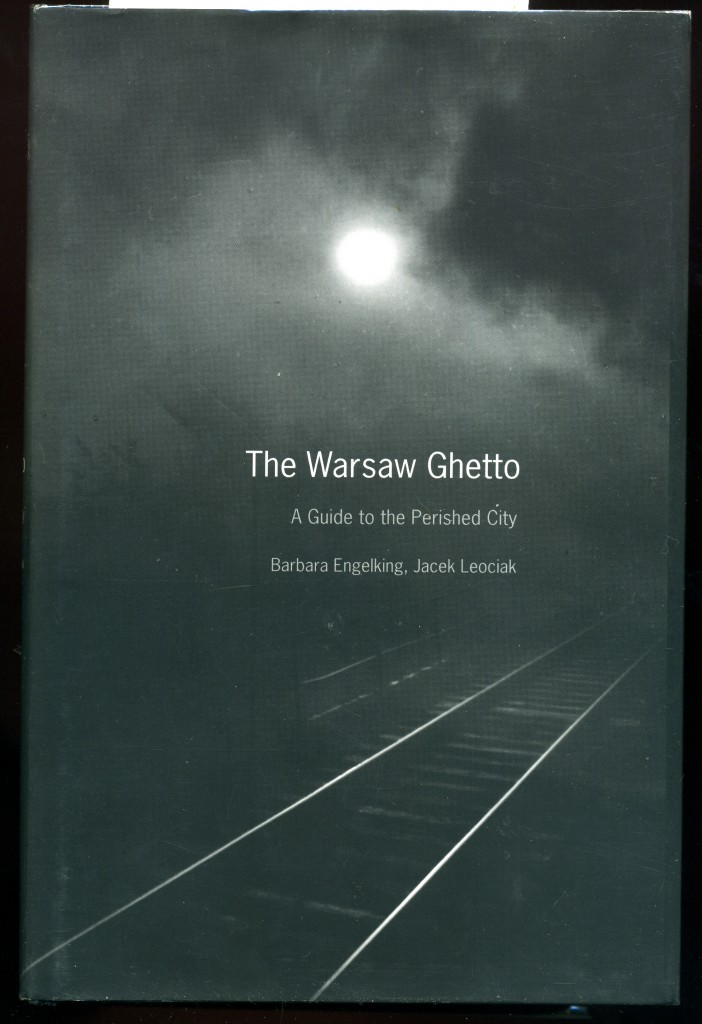

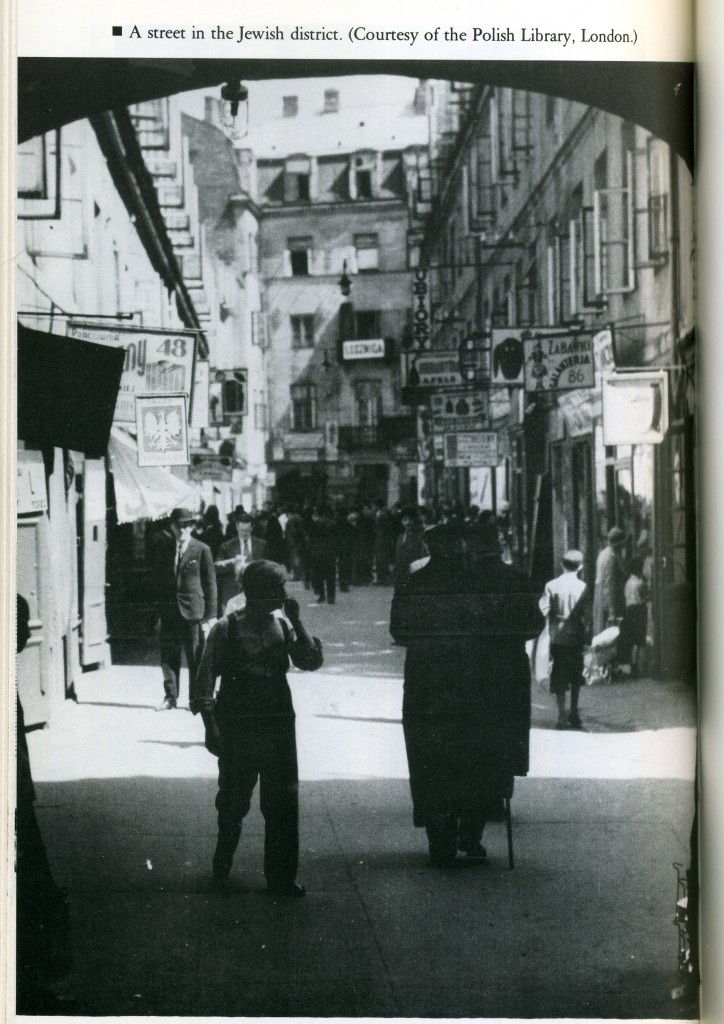
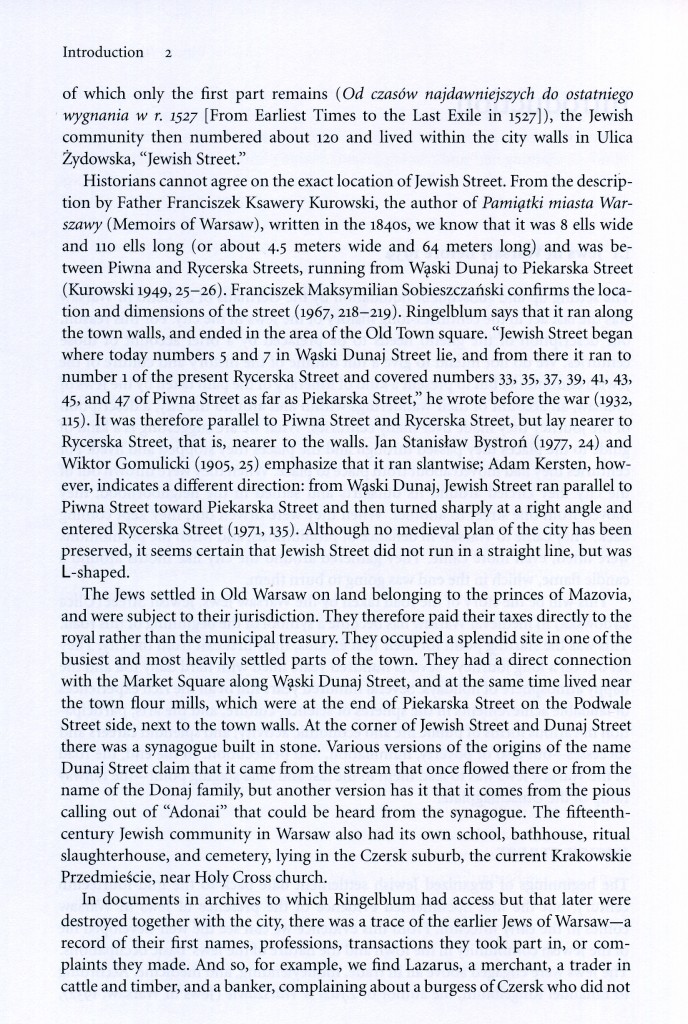
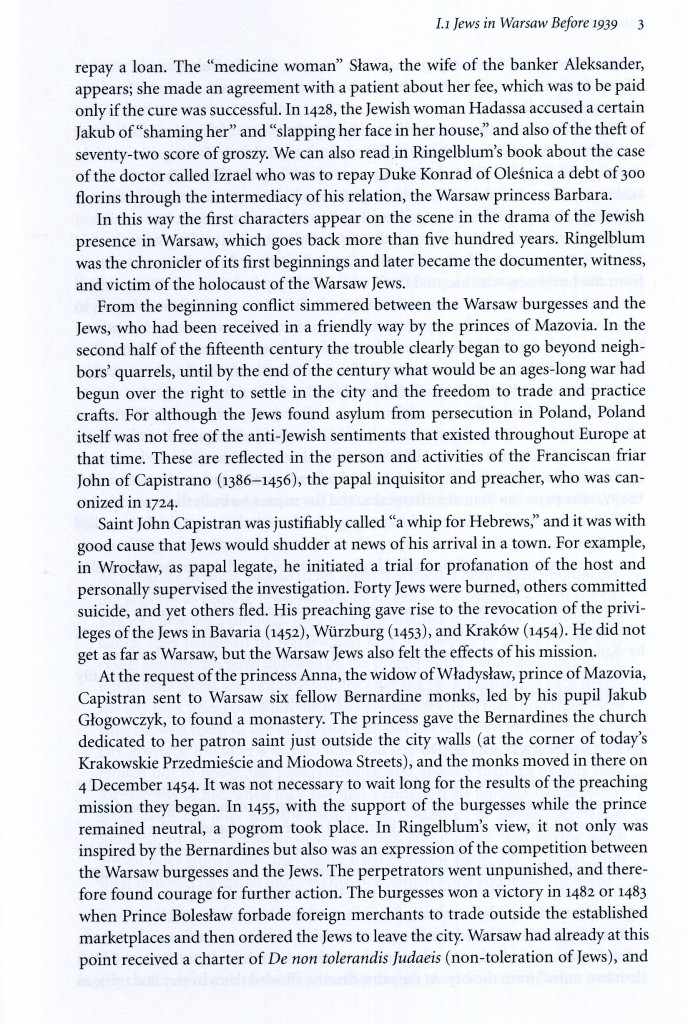
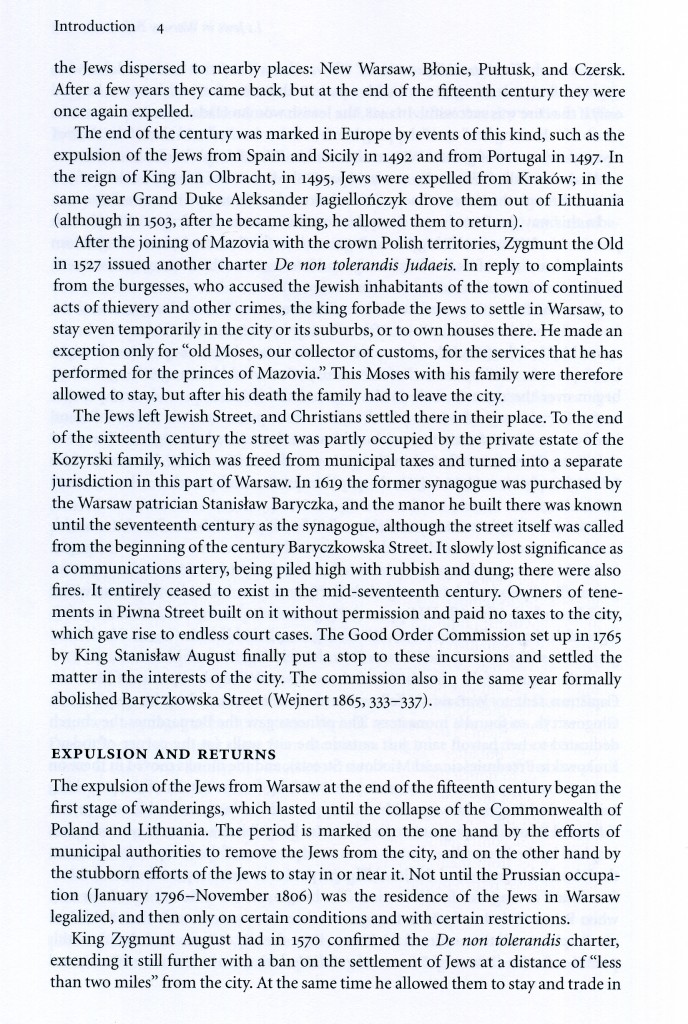
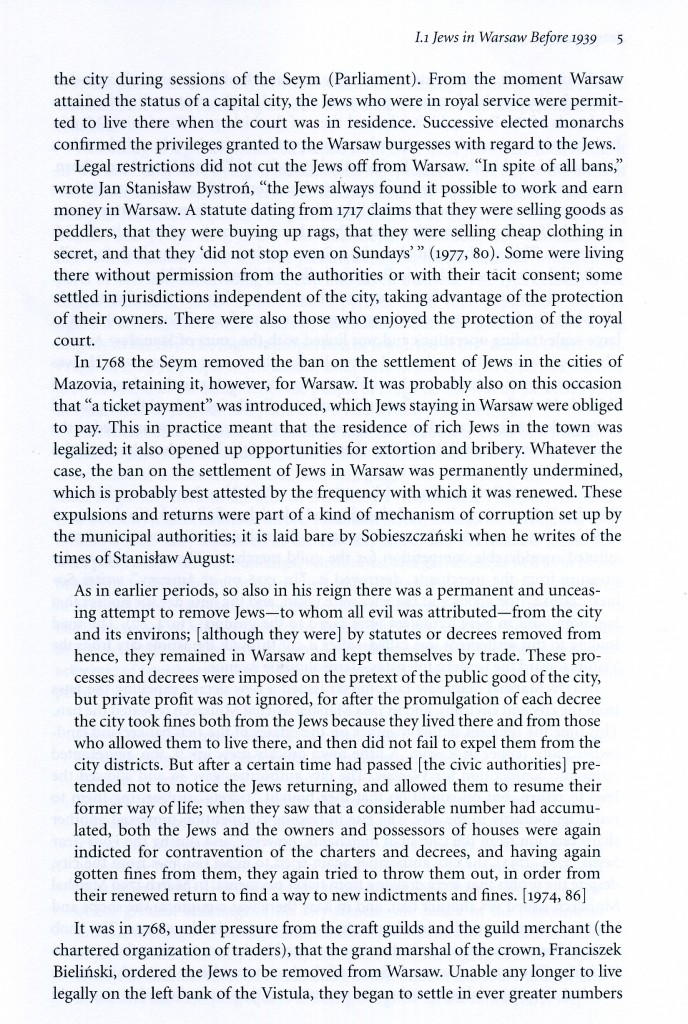
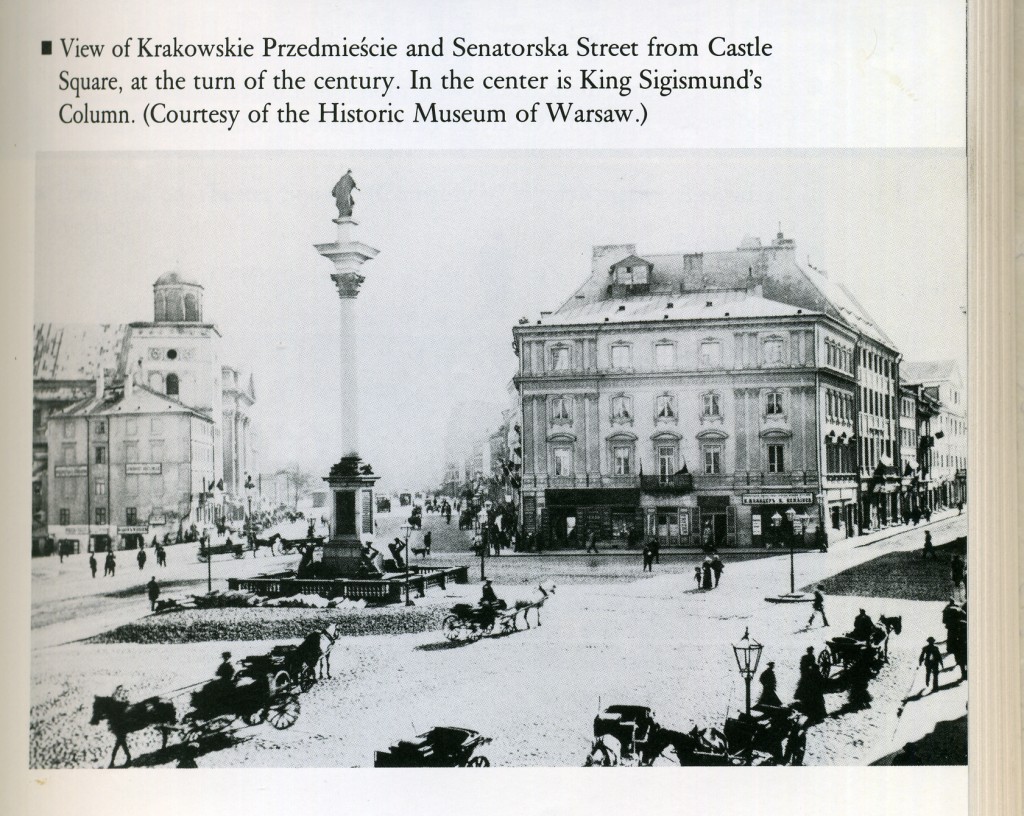
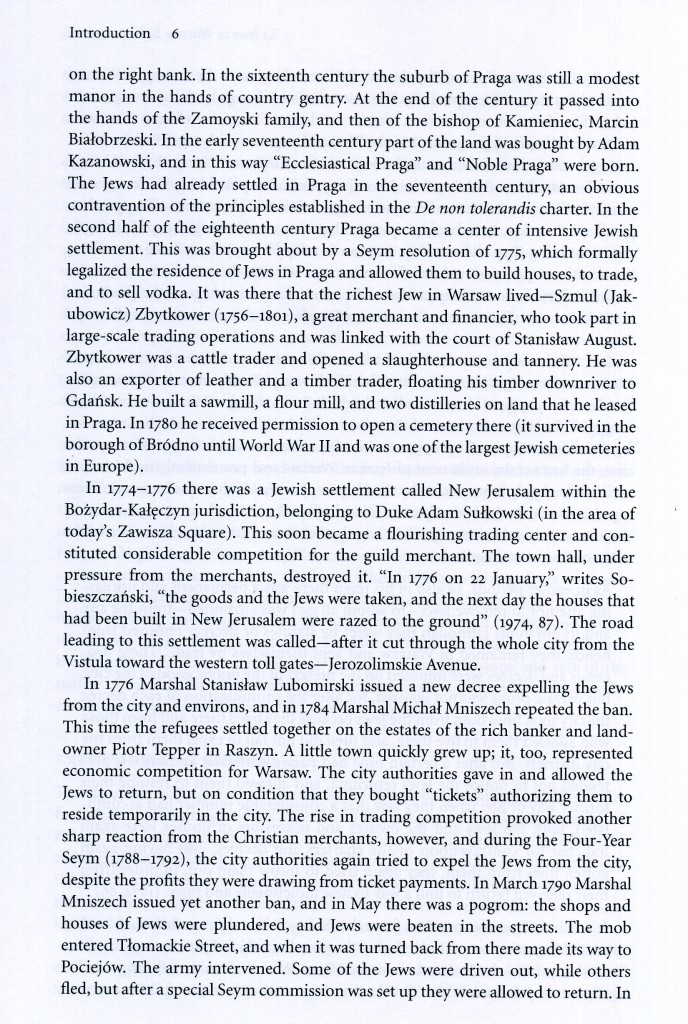
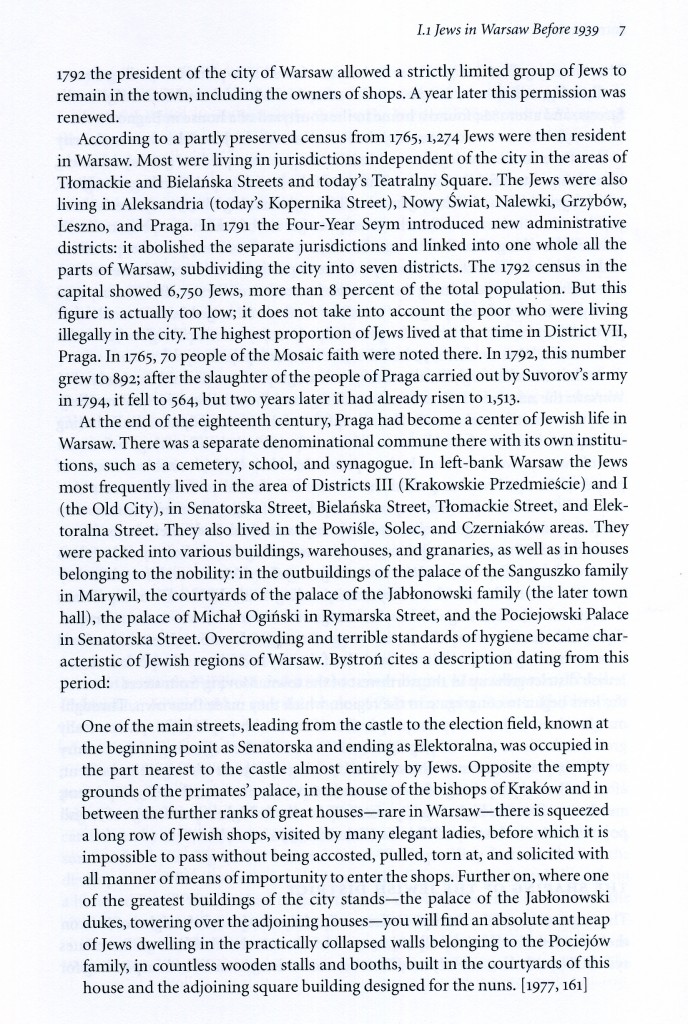

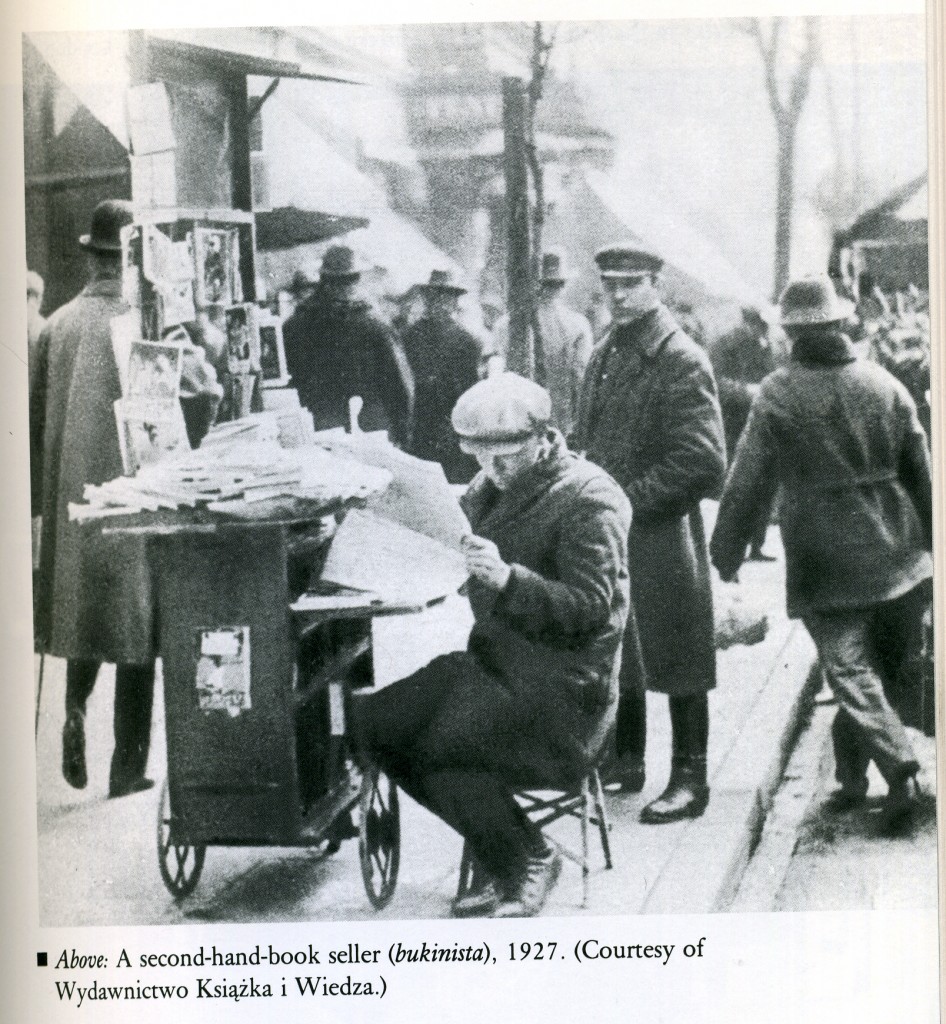
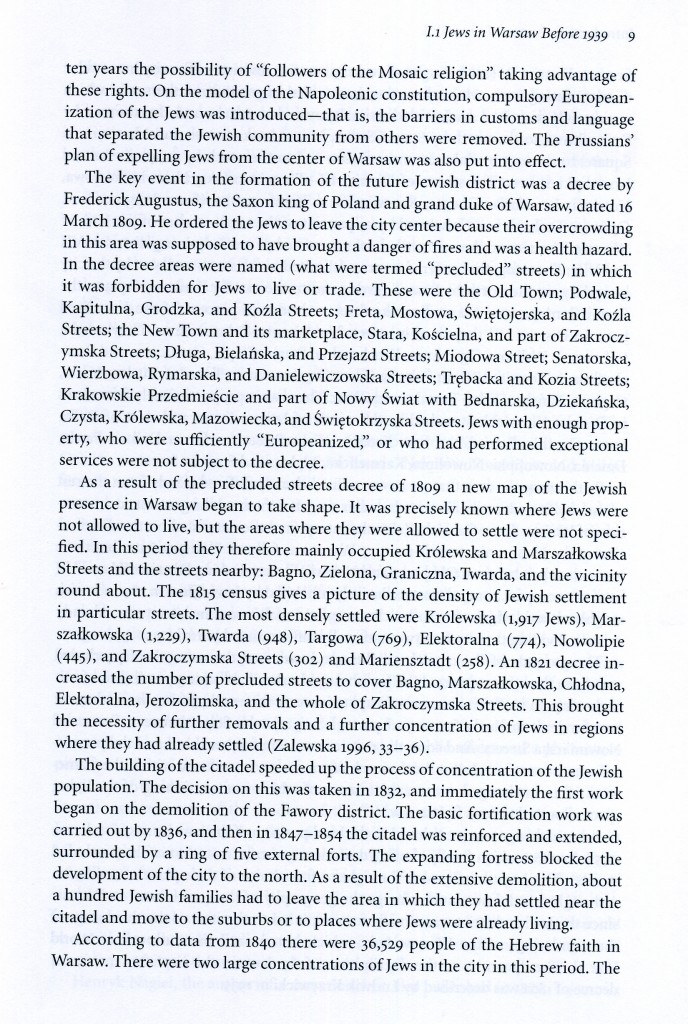
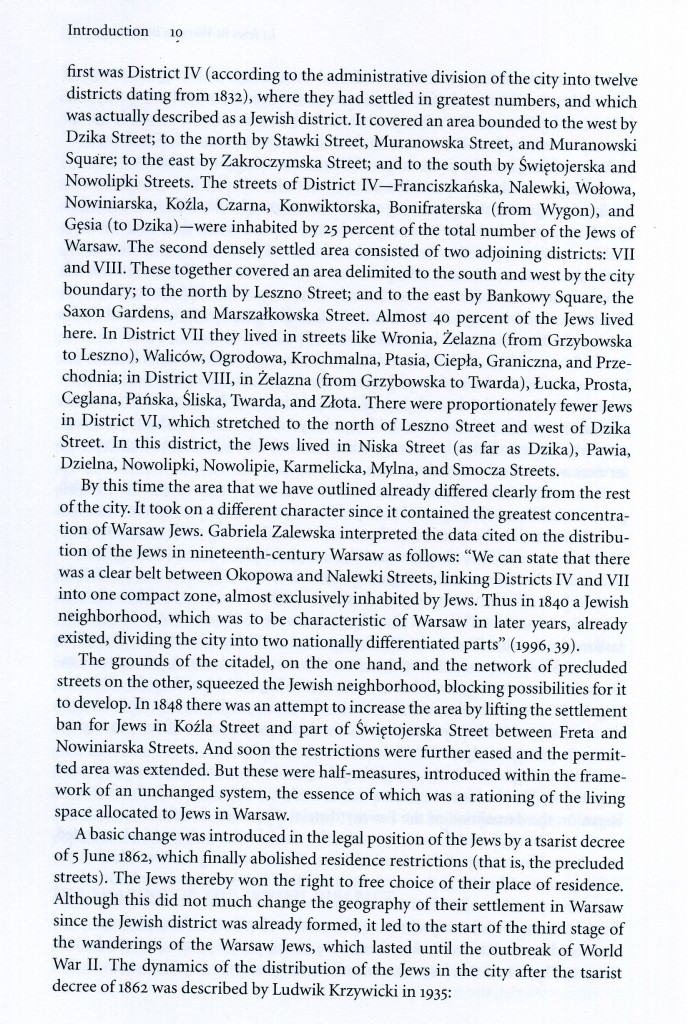
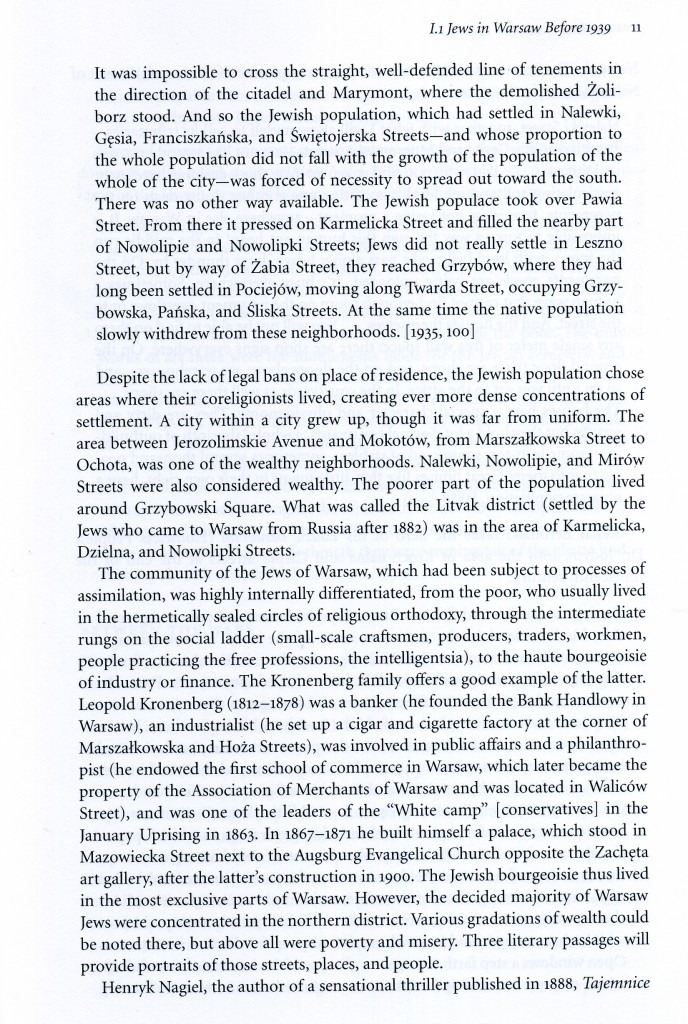
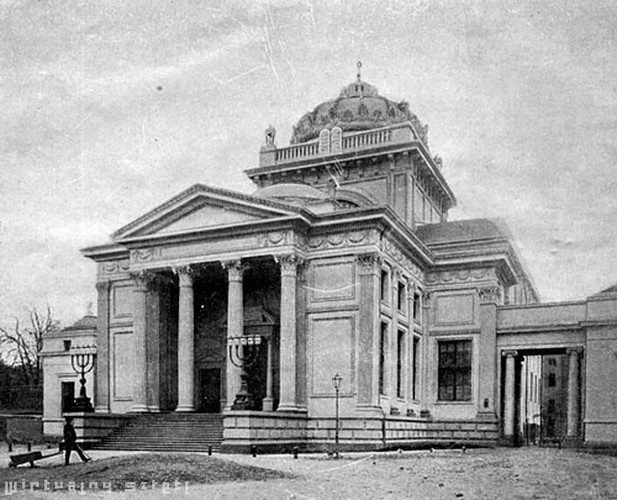
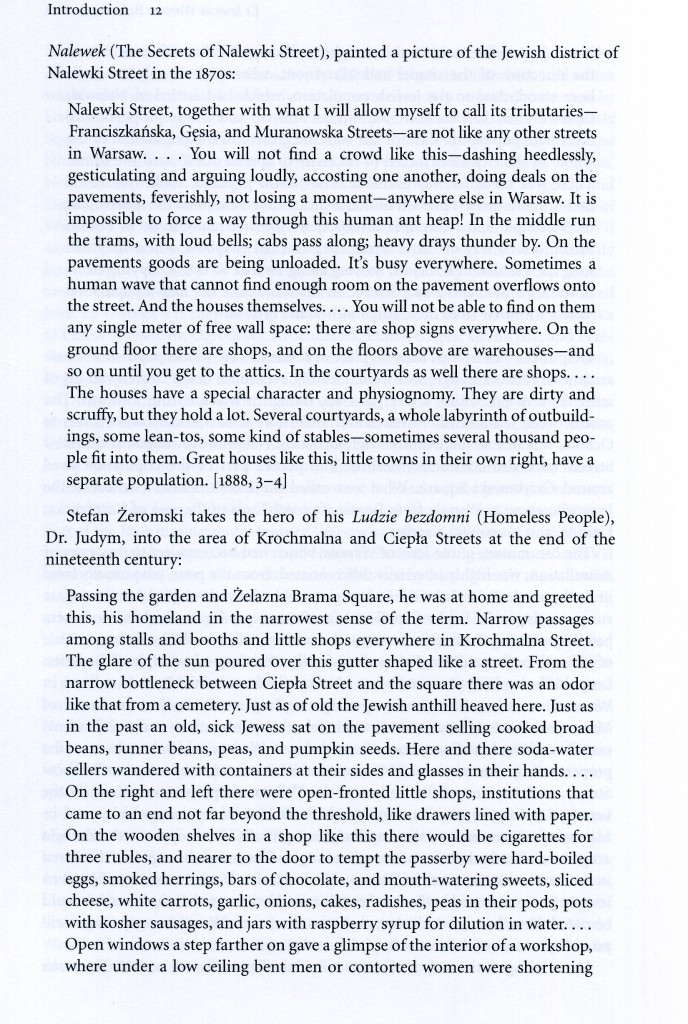
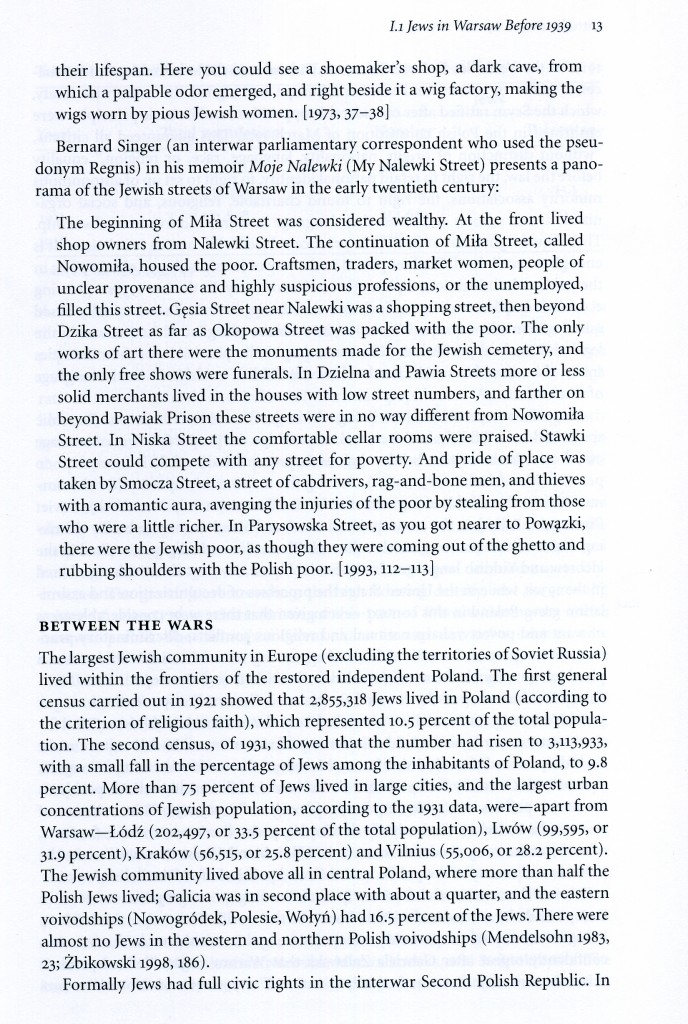
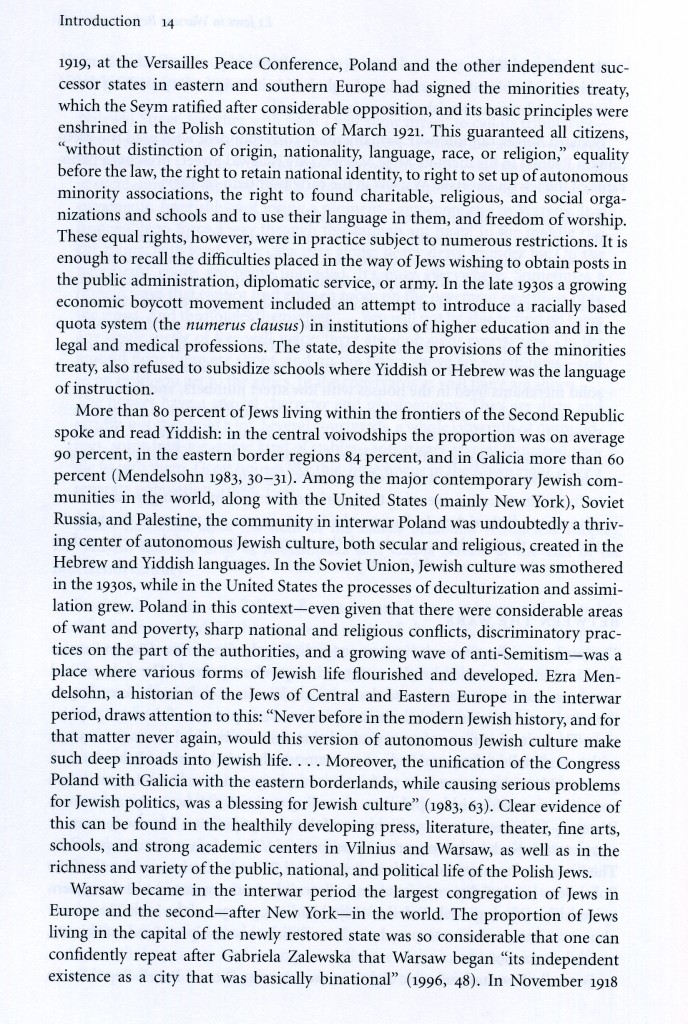
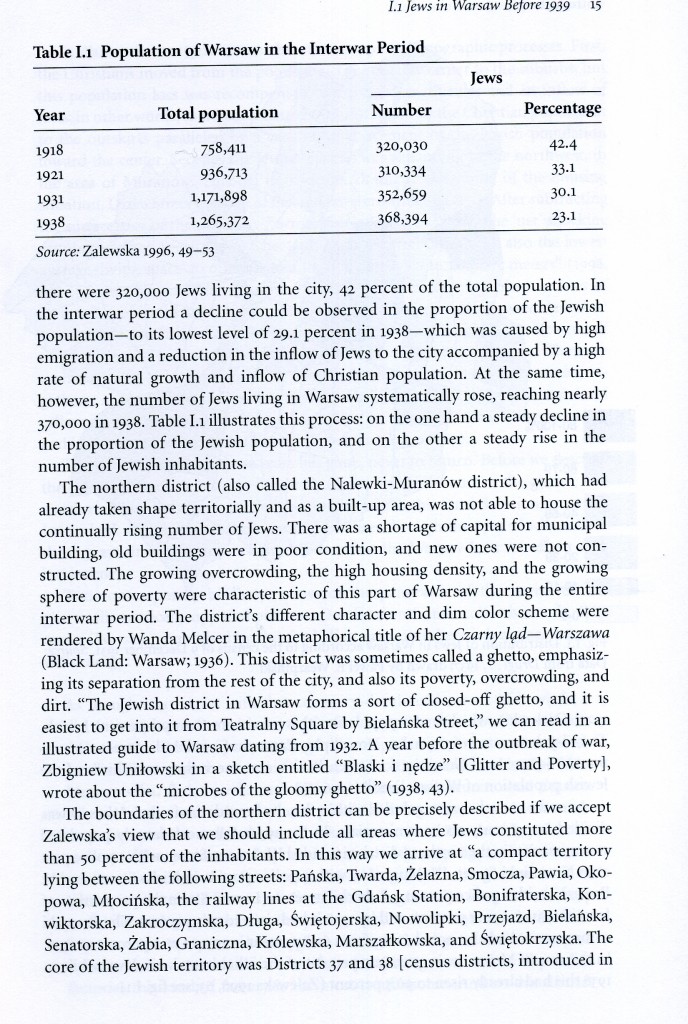
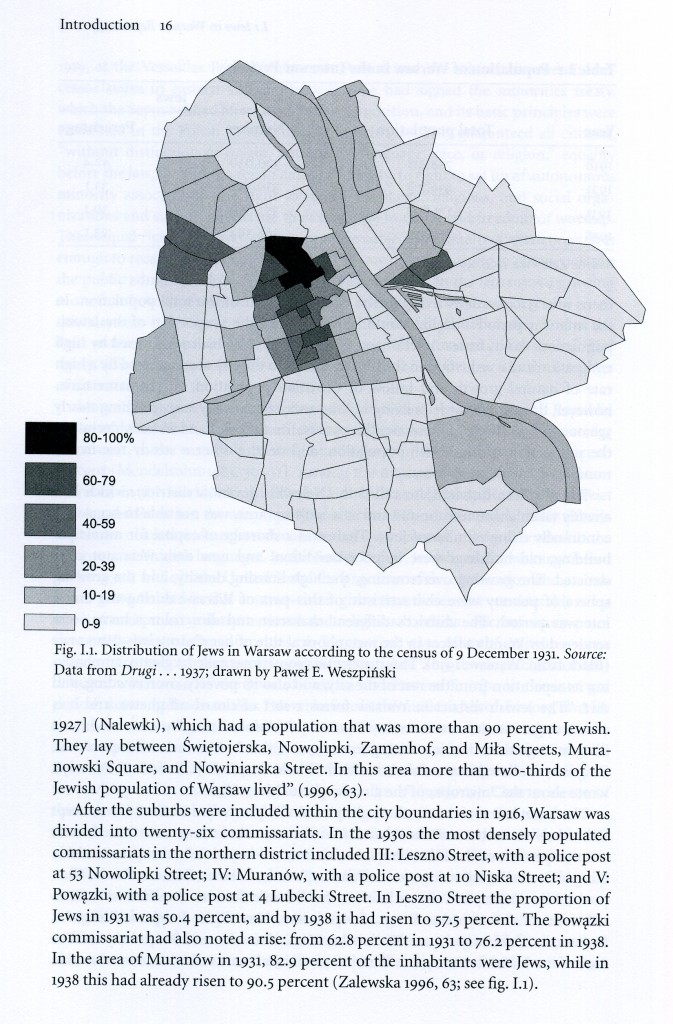
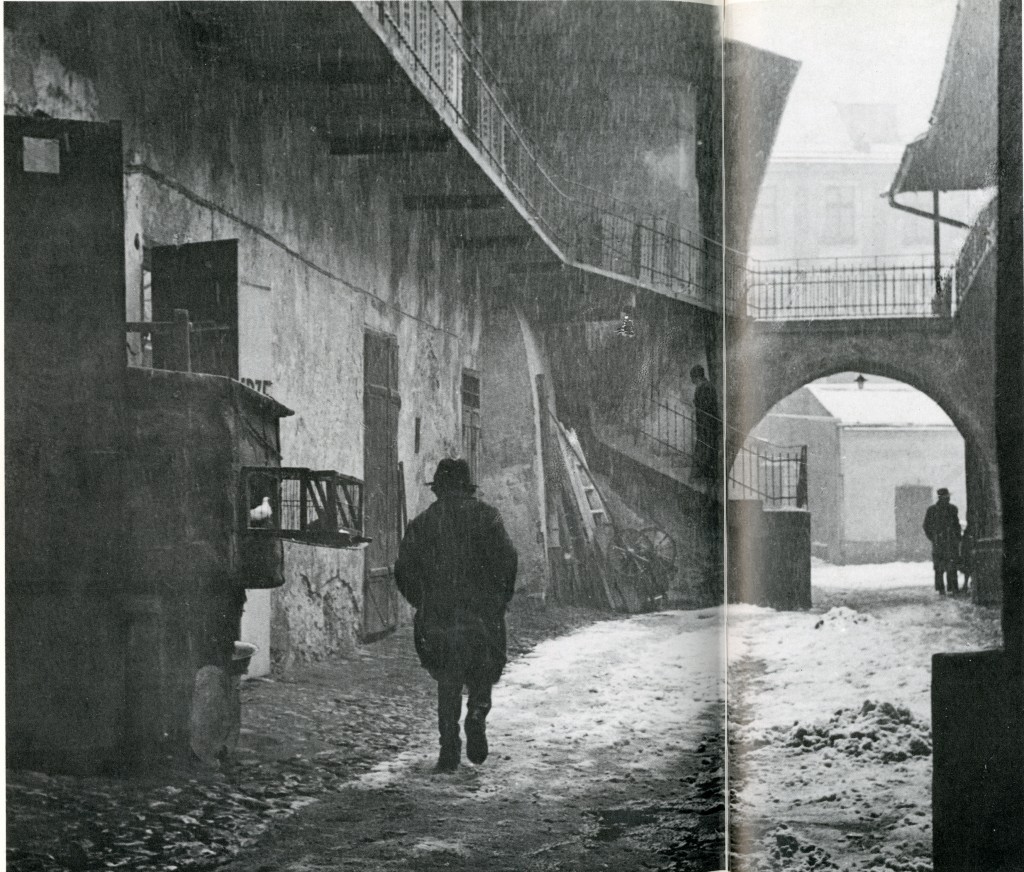
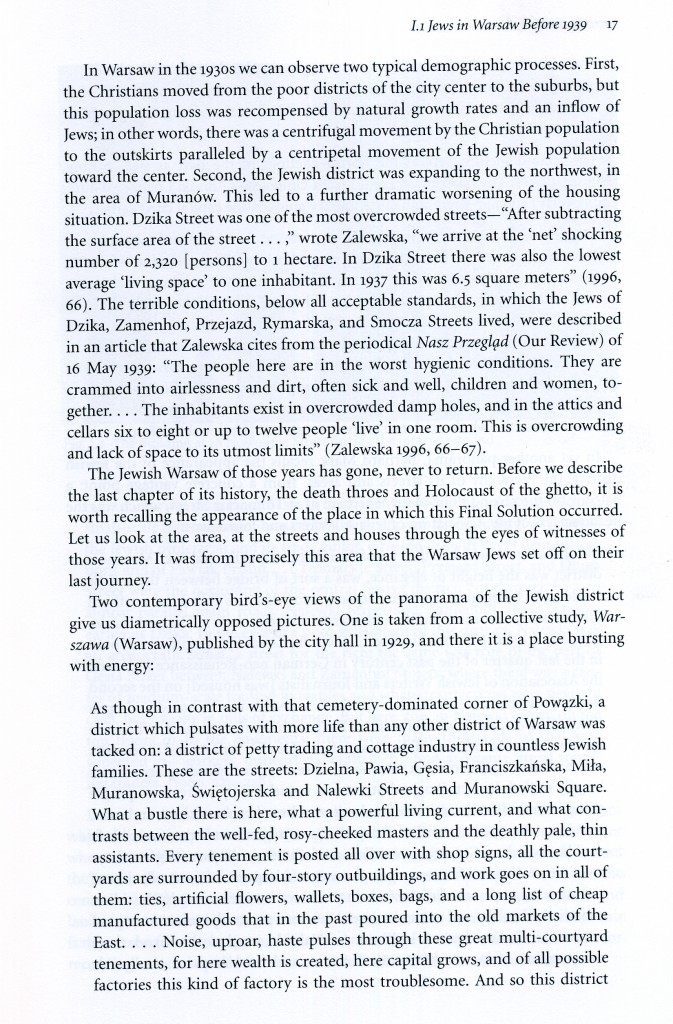
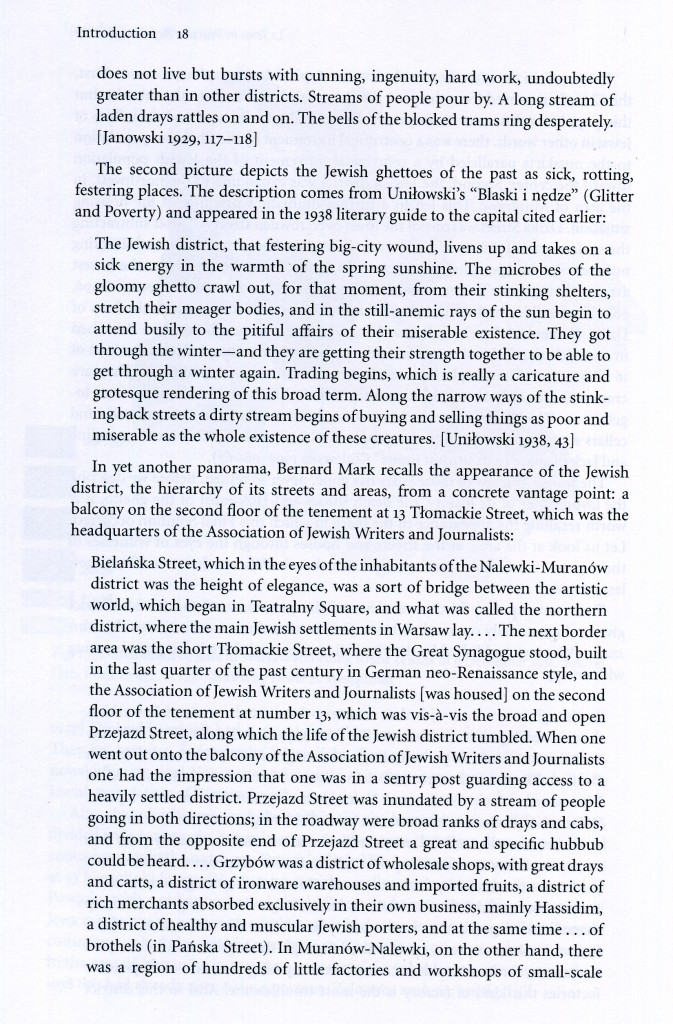

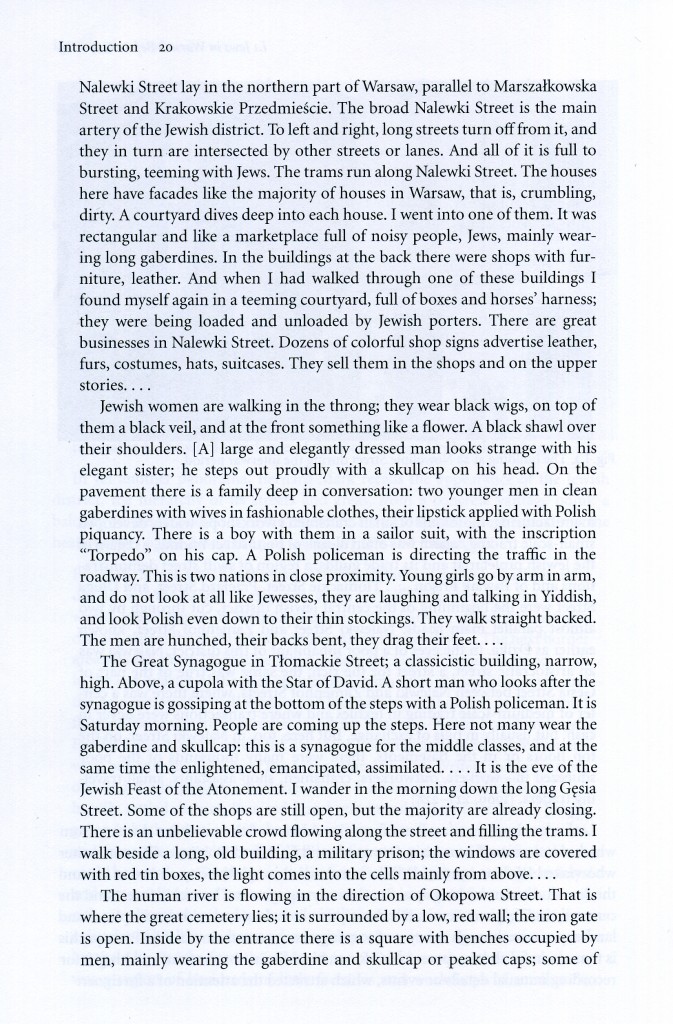

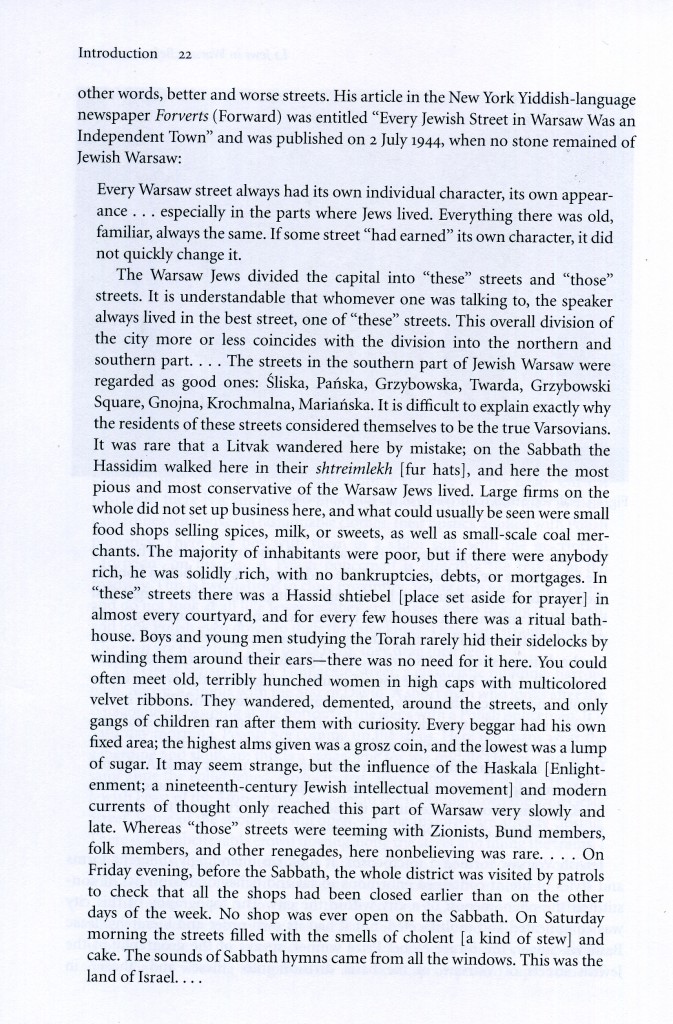

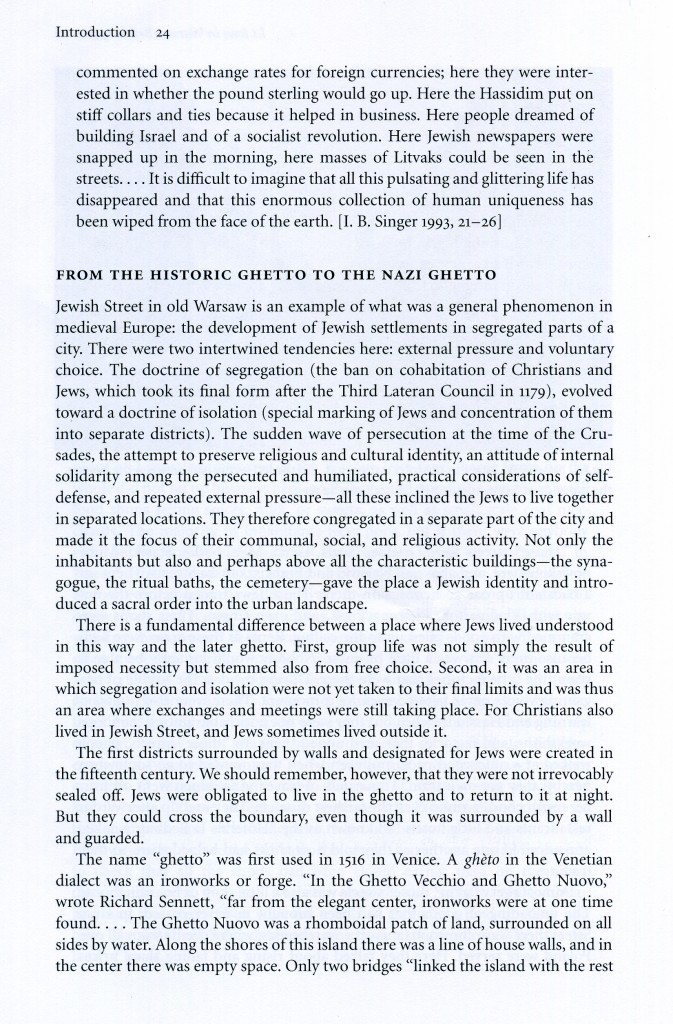
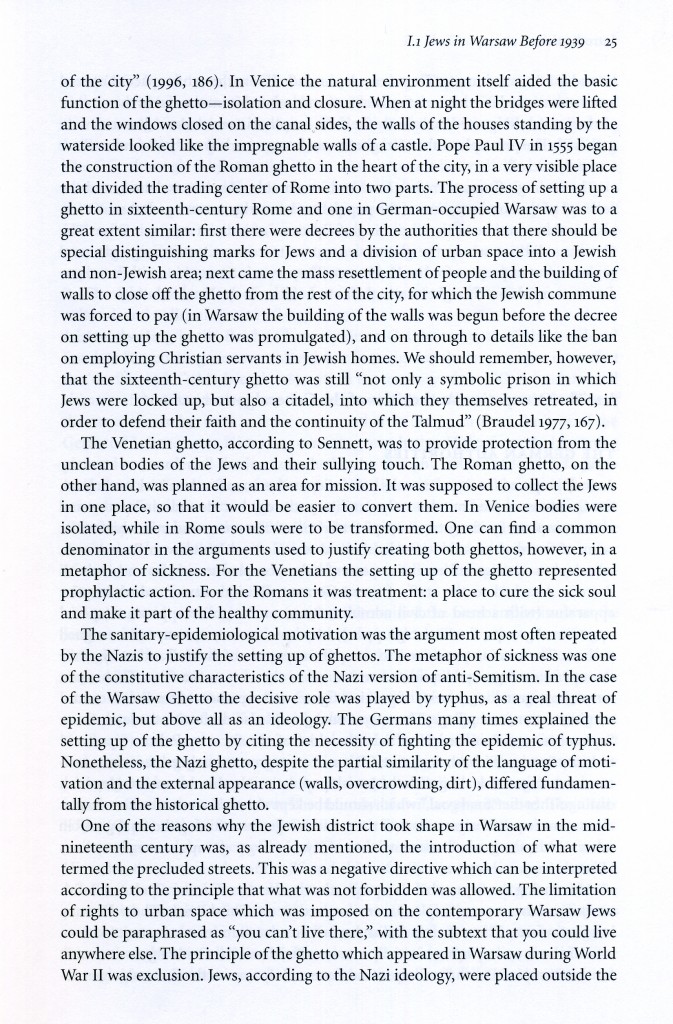

The book “The Warsaw Ghetto – A Guide to the Perished City” by Barbara Engelking and Jacek Leociak
This is a Description from Amazon about book,
The establishment and liquidation of the Warsaw Ghetto has become an icon of the Holocaust experience. Remarkably, a full history of the Ghetto has never been written, despite the publication over some sixty years of numerous memoirs, studies, biographical accounts, and primary documents. The Warsaw Ghetto: A Guide to the Perished City is this history, researched and written with painstaking care and devotion over many years and now published for the first time in English.
The authors explore the history of the ghetto’s evolution, the actual daily experience of its thousands of inhabitants from its creation in 1940 to its liquidation following the uprising of 1943. Encyclopedic in scope, the book encompasses a range of topics from food supplies to education, religious activities to the Jundenrat’s administration. Separate chapters deal with the mass deportations to Treblinka and the famous uprising. A series of original maps, along with biographies, a glossary, and a bibliography, completes this masterful work.
Some of the photographs in this post are from my personal collection of Warsaw photographs.

































